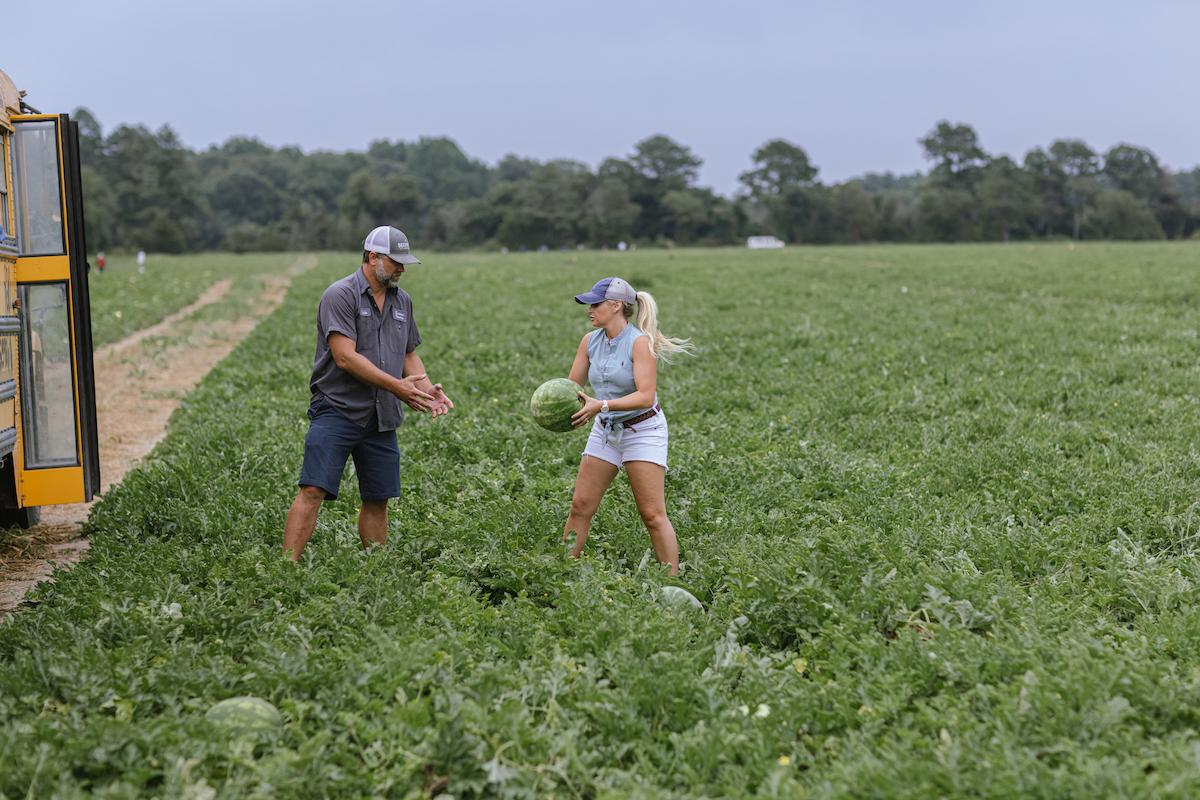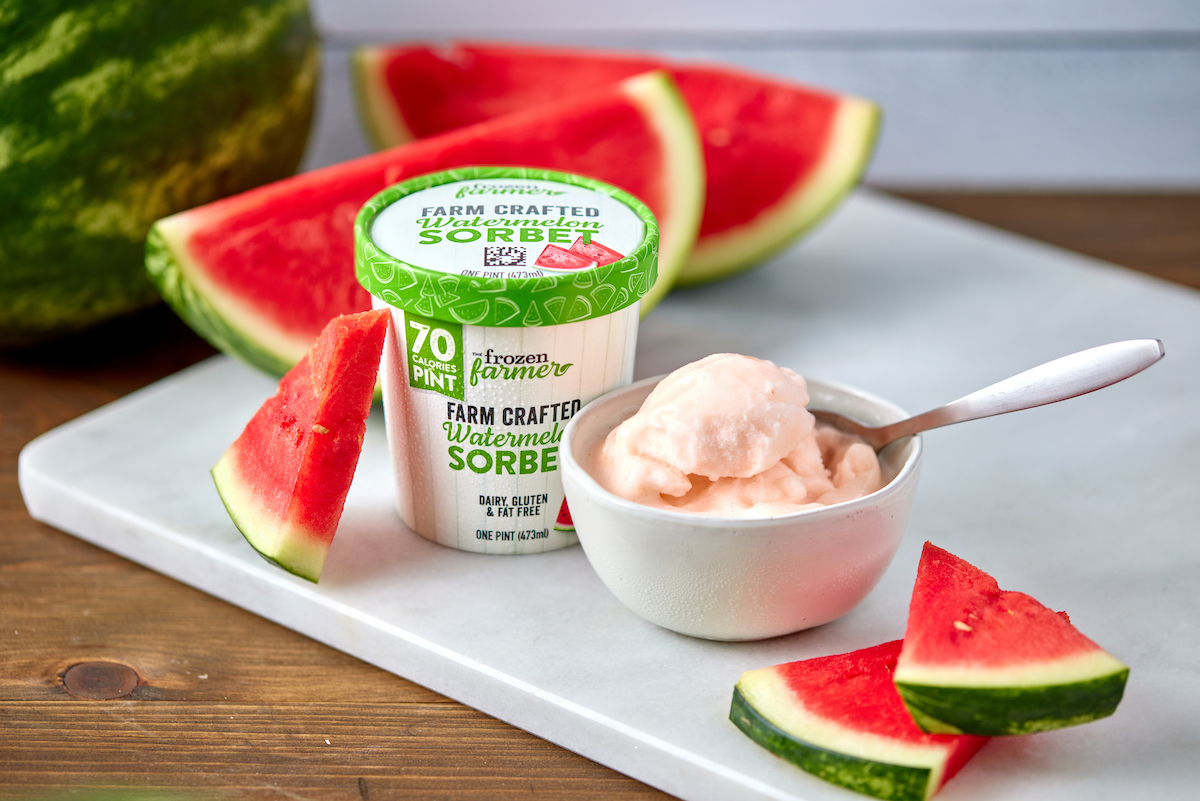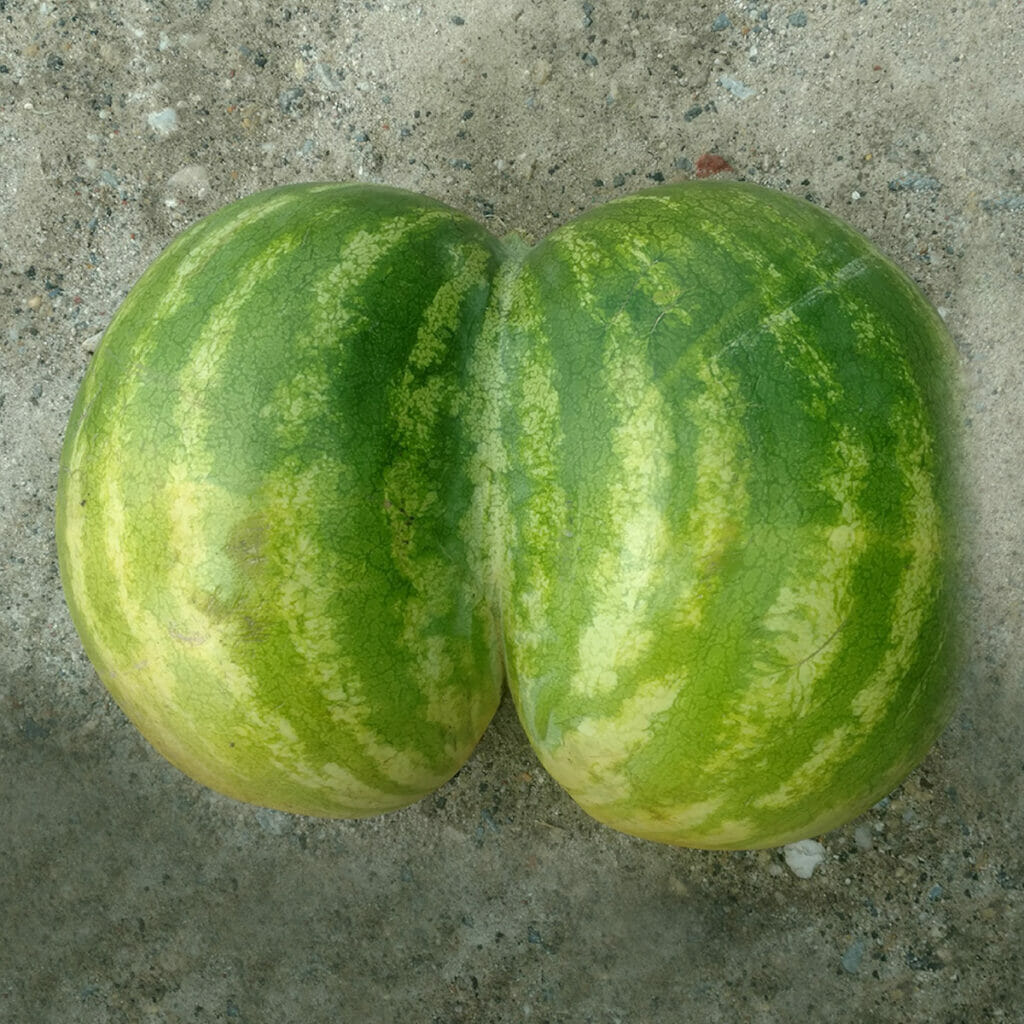In an effort to combat food waste, some companies are upcycling ingredients, giving new life to cast-offs.

In order for an apple to make it to your grocery store shelf, it has to pass through a battery of tests. First, the apple is graded to the USDA standard, with many grocery stores only interested in the highest grade. To get that designation, the apple must meet the tough standards for size, shape and color. The goal is often uniformity. No visible bruising, no spotting and definitely no splitting. It’s an apple beauty pageant, and only the winners make it to the grocery store stage.
If the apple doesn’t meet these criteria, it’s set aside for other uses. Juice, animal feed, canning or sauce are all options. But some apples, still perfectly edible, never get used at all. The Natural Resources Defense Council (NRDC) estimates that 30 percent of all produce never makes it off the field at all. Farmers don’t bother sending it to grocery stores, because the stores won’t take it. They say the customers won’t buy it.
Katey Evans learned just how strict the standards can be when her Delaware farm began selling to more grocery customers. “Our operation as a whole changed as we got more grocery customers. We started growing more acres of fruits for fresh market production, whereas before, those acres might have gone to processing vegetables,” Evans says. “Grocery stores have very high cosmetic standards for produce. So the more grocery customers we acquired, the more food we had going to waste; not because it wasn’t edible but because of cosmetic reasons.”
In response, Evans founded The Frozen Farmer, making sorbets and “froberts,” a blend of ice cream and sorbet, to give their produce some extra life. Evans was used to running a creamery at the farm in the summer, churning up flavors with extra strawberries, peaches or even sweet corn. For The Frozen Farmer, she widened her scope. Now, she makes use of not just the extra (or “ugly”) produce from her 3,000 acres but from neighboring farms as well.

Imperfect watermelons get transformed into frosty treats. Photos courtesy of The Frozen Farmer.
Upcycling produce is one way producers are looking to the future of the industry. With food supplies getting tighter and food waste a mounting issue, upcycling unwanted ingredients just makes sense. It creates a value-added product for the farmer, cuts down on waste in the supply chain, and for the conscientious consumer, offers a product that aligns with their values. It’s tapping into those ideals that will make upcycled food more appealing to consumers, says Mark Bergen, a marketing professor at the University of Minnesota. “There is certainly a lot of work on food waste and corporate social responsibility and the importance of food. To a socially minded consumer, I could see this being extremely valuable,” he says.
For Bergen, the key is recognizing when food represents more than just food. In the case of upcycled ingredients, they introduce the idea of “social savings,” which consumers are increasingly seeking. “Does this create more food options or increase the food supply? Is this something that you can do in countries where they’re having problems getting food and healthy food?” Bergen asks.
Eventually, the upcycled version of the product could replace the “regular” version, Bergen says, pointing to products such as computer paper made from recycled paper or shoes made from recycled bottles. “If these technologies are efficient enough that they can process a lot of these wasted foods at a low enough price…then you could easily see that notion of ‘I can have ice cream that’s recycled.’ In some ways, there’s no reason not to have upcycled ingredients in my ice cream.”
That’s what Kayla Castañeda, co-founder of Agua Bonita, which makes aguas frescas from “rescued” fruit, hopes for—that one day, the upcycled versions of products will be so commonplace that she’ll go out of business. “We hope that more and more people adopt these types of sourcing practices. Because if we get to a place where there’s never another fruit to rescue, then we’ve done our job.”
While growing up in central California, Castañeda saw first-hand how much produce goes to waste. She remembers boxes and piles of produce lining the streets during harvest time, with no plan for what to do with it. Her grandfather, a migrant farmer himself, would take the fruit home and make it into agua fresca. “I wanted to capture the essence of that and create a product that was a reflection of myself on the shelves, and something that is a reflection of such a huge part of the world,” she says.
[RELATED: How These Farms Are Working to Fight Food Waste]
Agua Bonita, like The Frozen Farmer, is growing in popularity now, in large part because customers are connecting with the missions of the brand. The growth presents a challenge, as the flavors the company ultimately produces relies on seasonality and stock, so offerings differ throughout the year. The oranges they get during harvest are the oranges they get, and they have to make it all work. Castañeda says that keeping the farmworkers in mind is also at the core of the business model, which is why she donates a small percentage of the profits to organizations like Farmworker Justice and Justice for Migrant Women. “I know first-hand the way that money and resources can help elevate the quality of life for provider farmworkers,” Castañeda says. “And they often get overlooked for things as basic as health care.”
So what’s the future for upcycled food? Marketing expert Bergen sees a path forward, but he says that first, producers have to contend with the “yuck factor,” or the sense from customers that the products might be inferior because of the ingredients with which they’re made. “At the end of the day, the ‘ick’ factor is real, and it’s going to vary by customer group, just like the social factors of reducing waste and recycling,” Bergen explains. He says the big goal for producers moving forward is to embrace segmentation of the market and put a premium on explaining the “why” behind upcycling.
It could also help to have an official certification for upcycled products, much in the same way that non-GMO products or organic products are labeled. One such program, the Upcycled Certified Standard has introduced its own set of guidelines around which products would qualify for certification. The certification is not currently recognized by the USDA, and producers have to apply to the Upcycled Food Association and meet their criteria. However, as more producers look to include upcycled ingredients in their products, guidelines like these ones could help create a shorthand for both farmers and customers.
[RELATED: These TikTokers Are Turning Trash Into Food Treasures]
As The Frozen Farmer grows, Evans hopes that customers will take a closer look at their role in the food supply chain and how long-running standards have contributed to the waste we have today. “It happens at the consumer’s table as well, when we overbuy and just let the bananas sit there on the counter,” she says, only to eventually toss them away.
The biggest help for Evans, and product lines such as The Frozen Farmer, would be to make the supply chain move in both directions. Evans would make desserts from imperfect produce, which get sold in grocery chains. But if those same grocery chains sold their unwanted produce back to companies like The Frozen Farmer, the closed-loop system could be a lot more sustainable for everyone.
“We’re trying to connect the dots between those rejected loads of fruit at retail grocery stores and our own supply chain,” says Evans. “Then our sustainability message becomes theirs. And it’s a seamless process.” In that way, the future of upcycled food could reshape not just which ingredients are prized but the entire direction of the supply chain.

Makes a lot of sense. The less food wasted, the more to be eaten. Saves all around. Everyone should do all they can to waste as little food as possible.
Good job
Fighting food waste also fights food insecurity and climate change. Wasted food is a significant cause of methane emissions. Thanks for this story!